NurseHub A&P Test 4
1/24
There's no tags or description
Looks like no tags are added yet.
Name | Mastery | Learn | Test | Matching | Spaced |
|---|
No study sessions yet.
25 Terms

A tissue sample studied under a microscope exhibits the following characteristics: an extracellular matrix providing rigidity to the tissue, and the presence of lacunae. Which type of tissue is this?
Bone
The hormone __________ assists estrogen in stimulating the formation of the endometrium.
*is a hormone produced by the ovaries and is responsible for maintaining the uterine lining, or endometrium. *
Progesterone is a hormone produced by the ovaries and is responsible for maintaining the uterine lining, or endometrium.
Oxytocin is a hormone that is involved with the processes of childbirth and milk production and is released by the pituitary gland.
Luteinizing hormone is also an important hormone for the female reproductive system; however, it is not involved with the formation or maintenance of the endometrium. Instead, it stimulates ovulation along with estrogen. It is also not produced by the reproductive organs but by the pituitary gland in the brain.
progesterone
The diaphragm is _________ to the lungs
Inferior
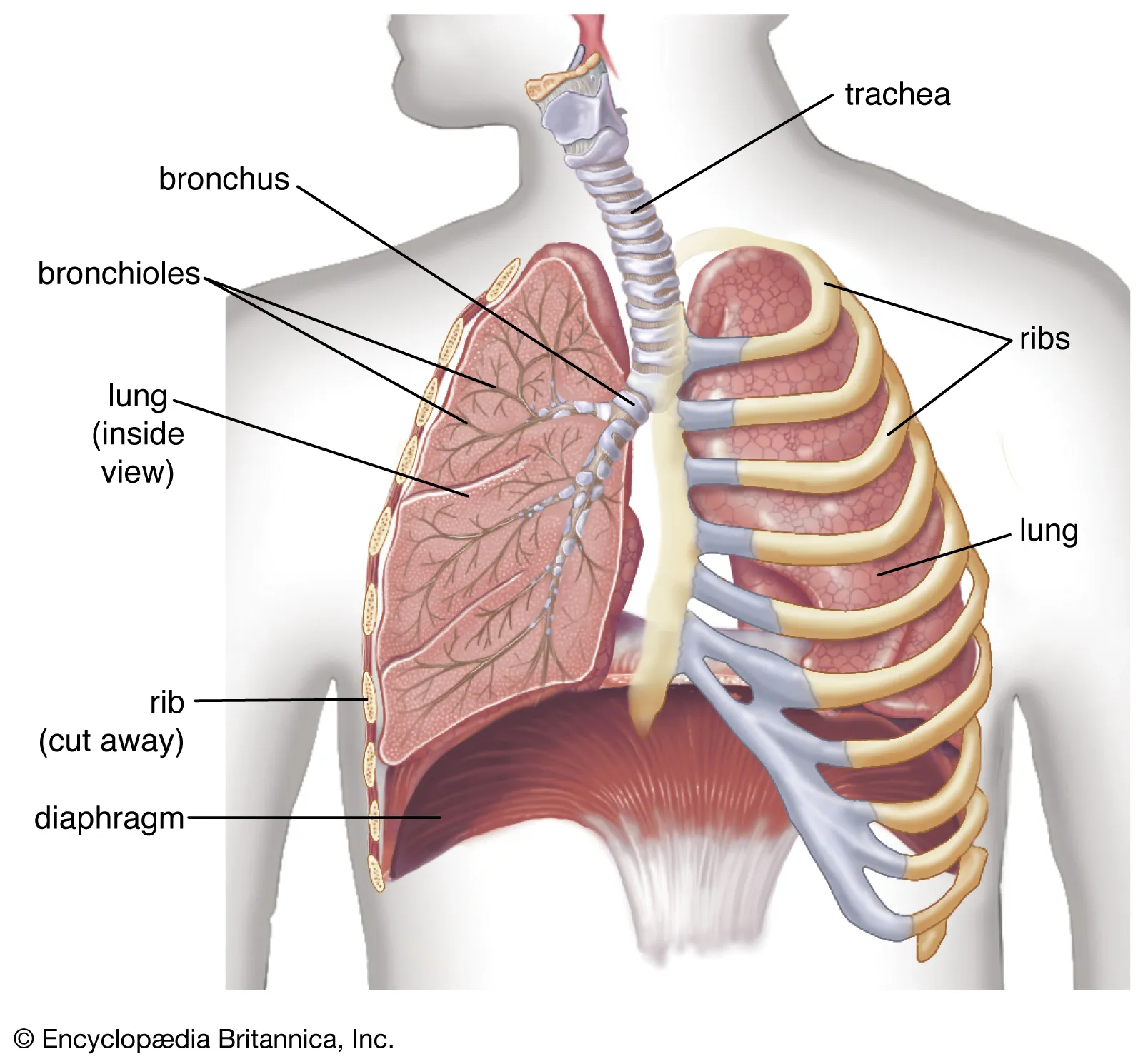
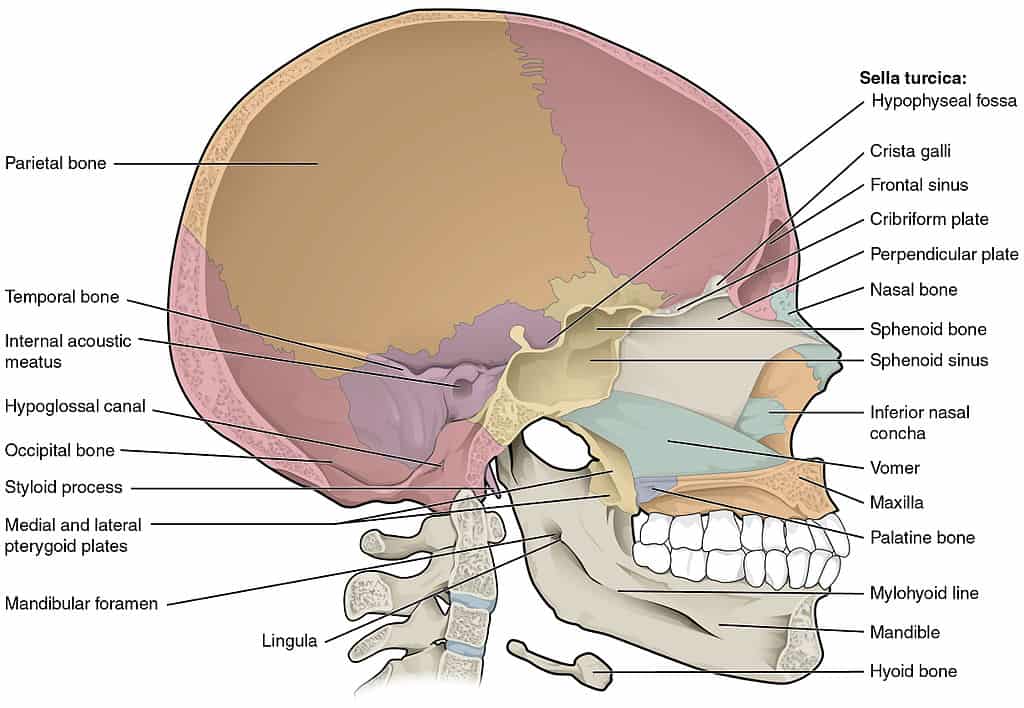
Which of the following about the hyoid bone is correct?
It is the only bone that does not articulate with any other bone.
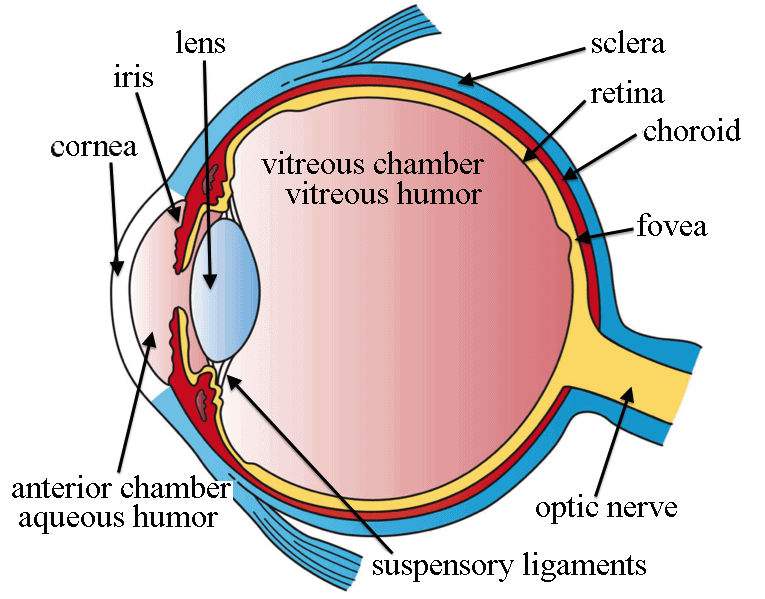
In which part of the body would you find aqueous humor?
Between the lens and cornea in the eye
Which system coordinates and regulates processes within the body through the use of hormones?
Endocrine system
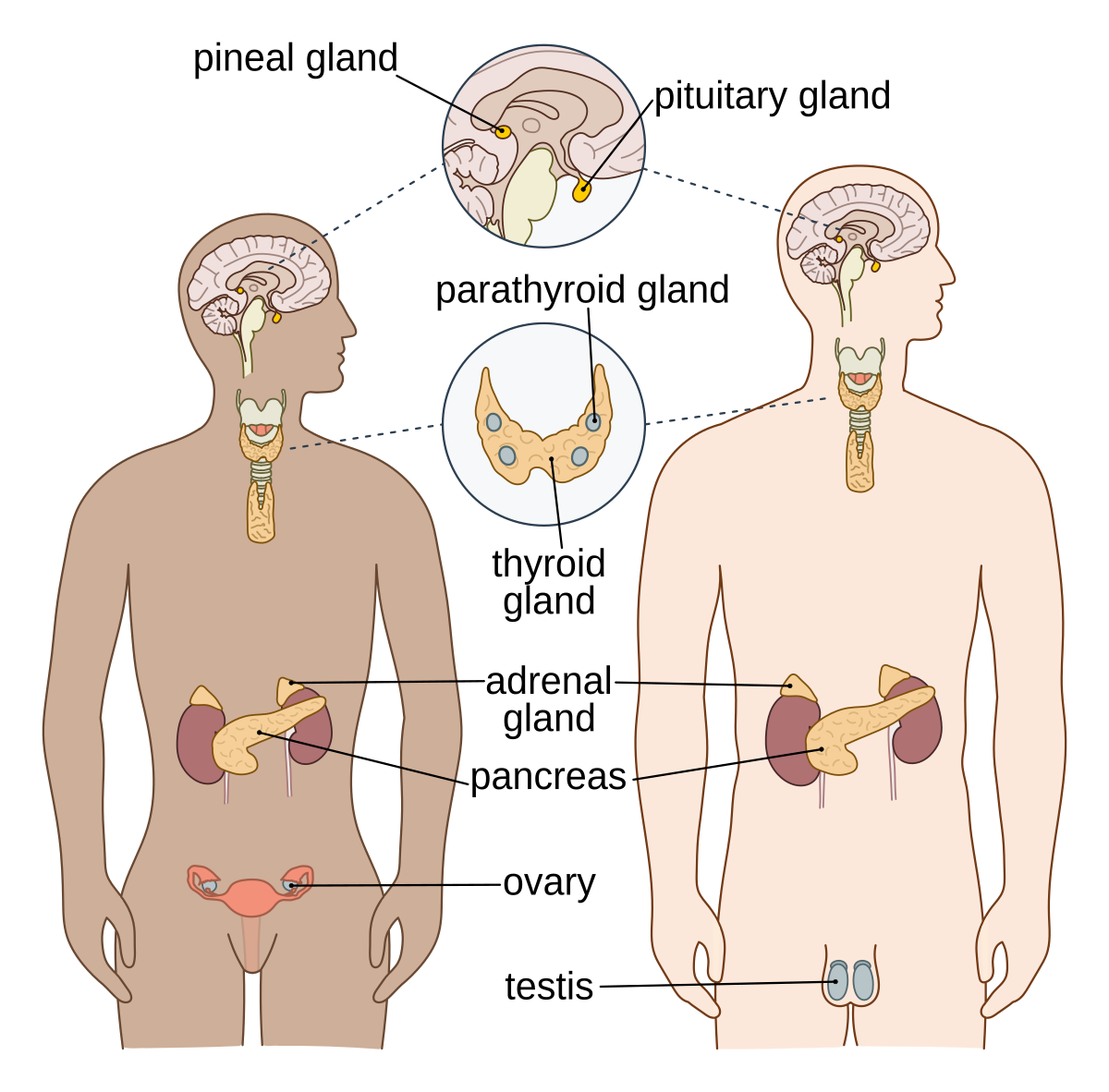
Which of the following gets absorbed directly into the blood?
*simple sugars get absorbed directly into the blood.
Amino acids are the building blocks for polypeptides. Polypeptides are then used to build proteins.*
Amino acids
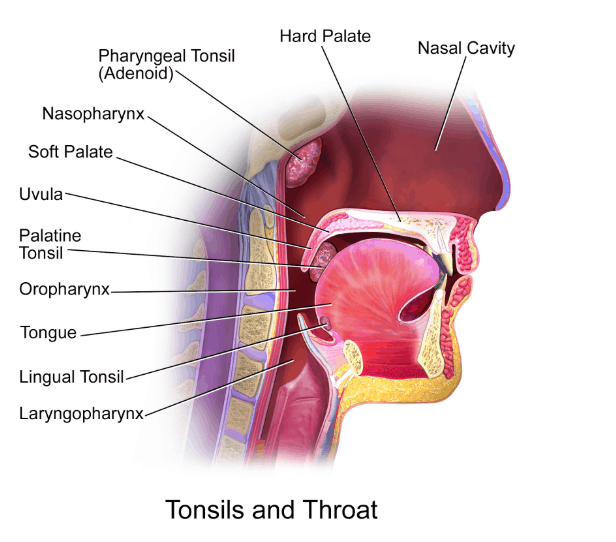
The pharynx is a conduit for air and food. It is divided into three segments which contain lymphoid structures that play significant roles in protection and defense. Which segment of the pharynx contains the pharyngeal tonsils?
The Nasopharynx contains the pharyngeal tonsils while oropharynx contains the palatine tonsils. The nasopharynx is exclusive for air passage. The oropharynx is the middle portion that serves as passageway for both food and air. The Laryngopharynx or Hypopharynx is the most inferior portion of the pharynx that also serves as passageway for both food and air.*
Nasopharynx
Which of the following terms describes the process of forming new red blood cells?
If you remember that red blood cells are also called erythrocytes, it makes sense that erythropoiesis is the term for forming new red blood cells. “Poiesis” means “to make.”
In the early development of a fetus, erythropoiesis takes place in the yolk sac, spleen, and liver. After birth, all erythropoiesis occurs in the bone marrow.
Erythropoiesis
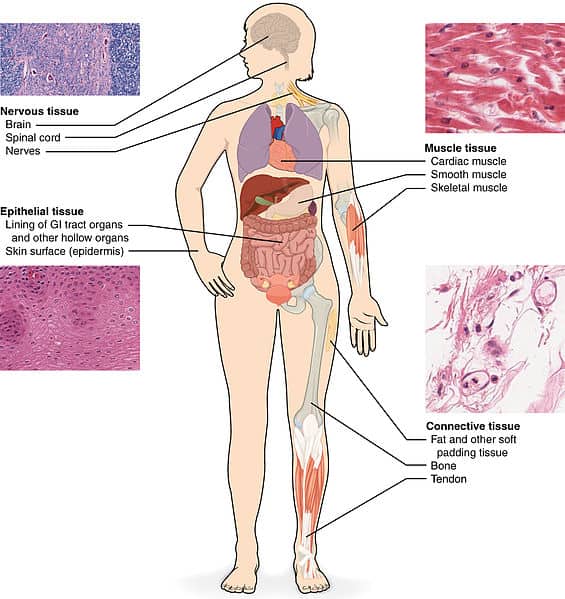
What form of tissue provides support and structure for the organs?
*serves as the framework of the body, providing support and structure for the organs. Connective tissue is the most abundant, widely distributed, and varied type of tissue. It includes ligaments, tendons, fat, cartilage, bone, bone marrow, and blood. Like the name implies, connective tissues often bind organs together, hold organs in place, cushion them, and fill space.
Connective
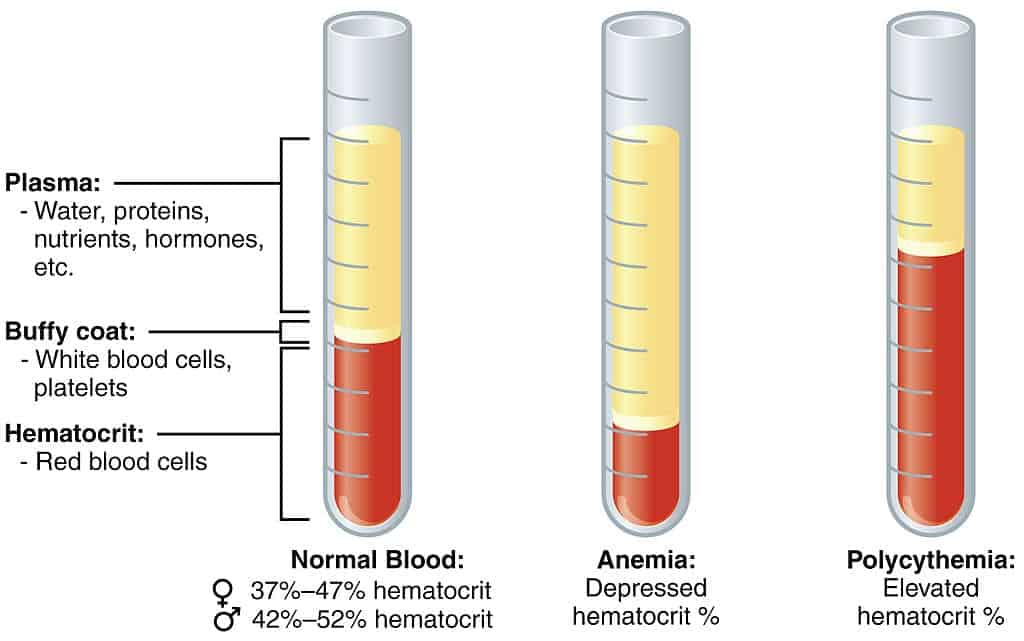
Which of the following makes up the largest component of whole blood?
*Blood is composed of two main parts: plasma and hematocrit (i.e. red blood cells).
Plasma, the watery portion of blood, makes up roughly 55% of total blood volume with the remaining 45% coming mostly from red blood cells, or erythrocytes. White blood cells and plateletsmake up a very small portion of total blood.*
Plasma
What is the outermost layer of the epidermis?
Stratum corneum
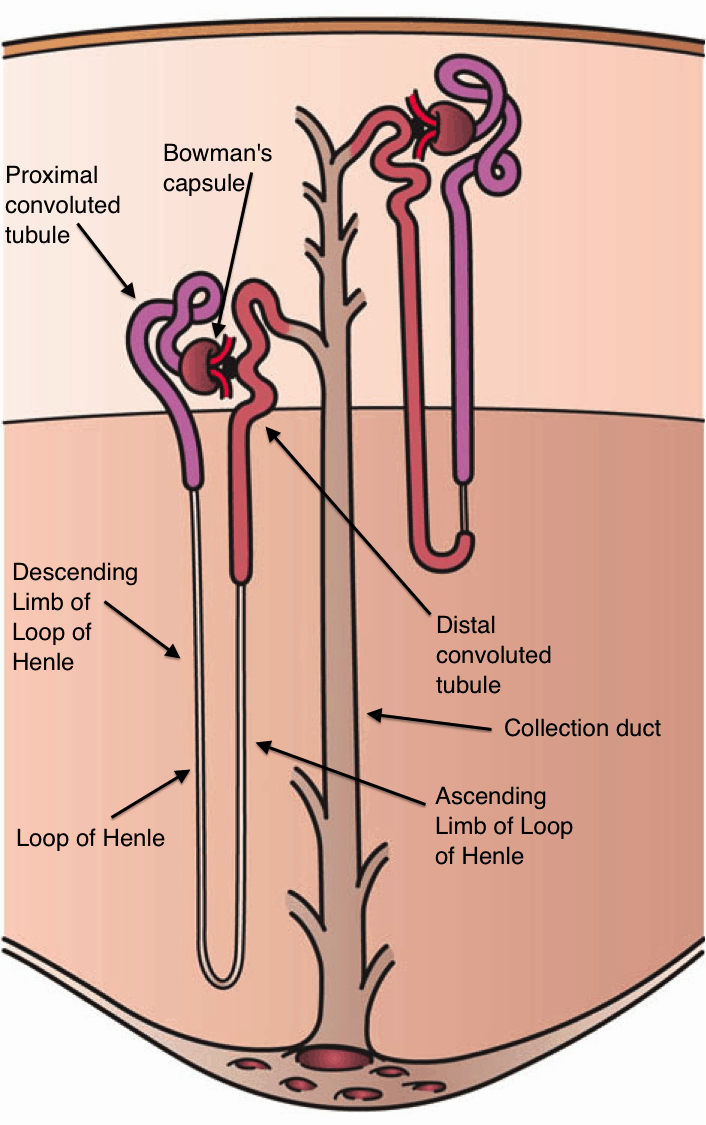
Which of the following is the correct sequence of transport of filtrate from the nephrons to the renal pelvis?
Proximal Convoluted Tubule – Loop of Henle – Distal Convoluted Tubule – Collecting Duct – Minor Calyx – Major Calyx – Renal Pelvis
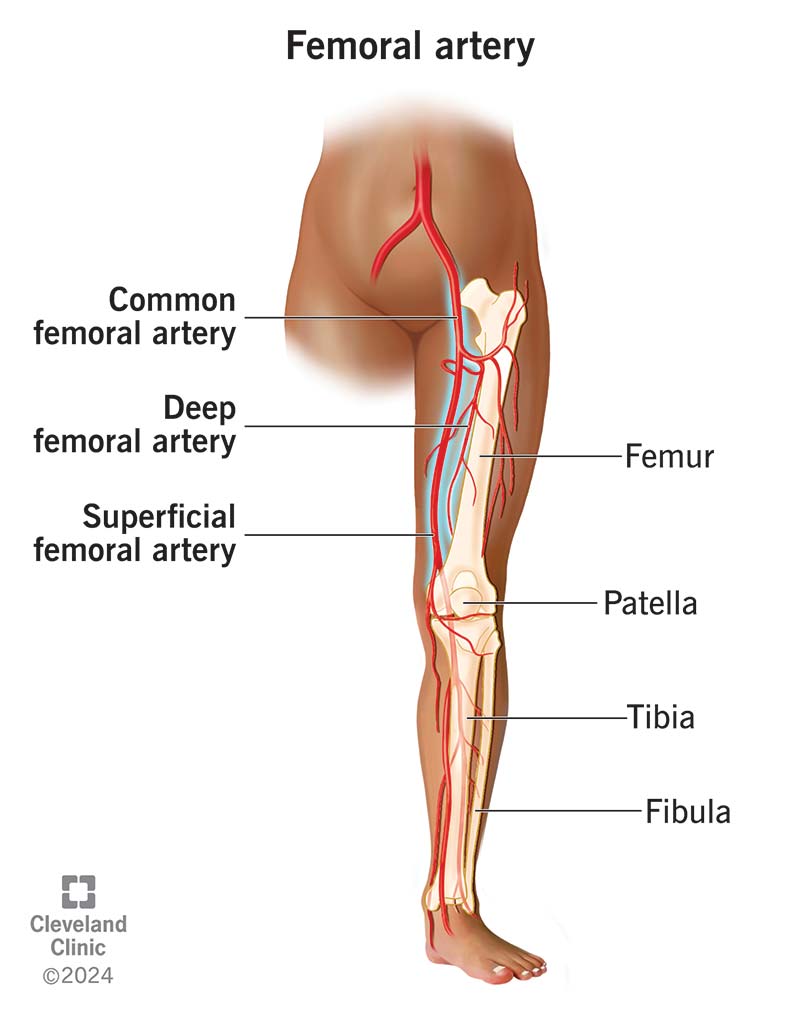
If the femoral artery was cut, which of the following blood vessels would not receive blood as a result?
The popliteal artery runs along the back of the knee and is a continuation of the femoral artery. If the femoral artery, which is a large artery, was cut, many arteries that branch off the femoral artery would not receive blood. This includes the popliteal artery.
Popliteal artery
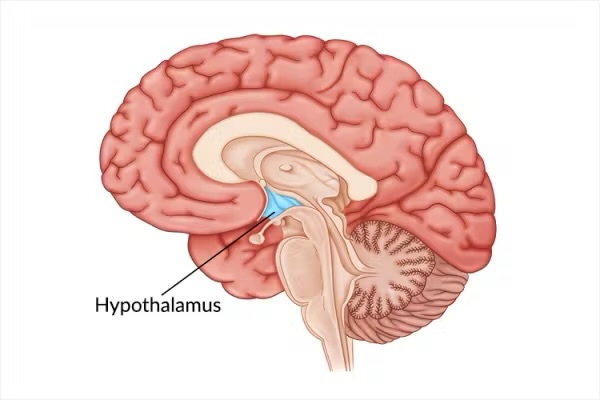
What is one of the functions of the hypothalamus?
The hypothalamus is a small region of the brain that regulates your body temperature, releases hormones, and helps to maintain homeostasis.
Regulating body temperature
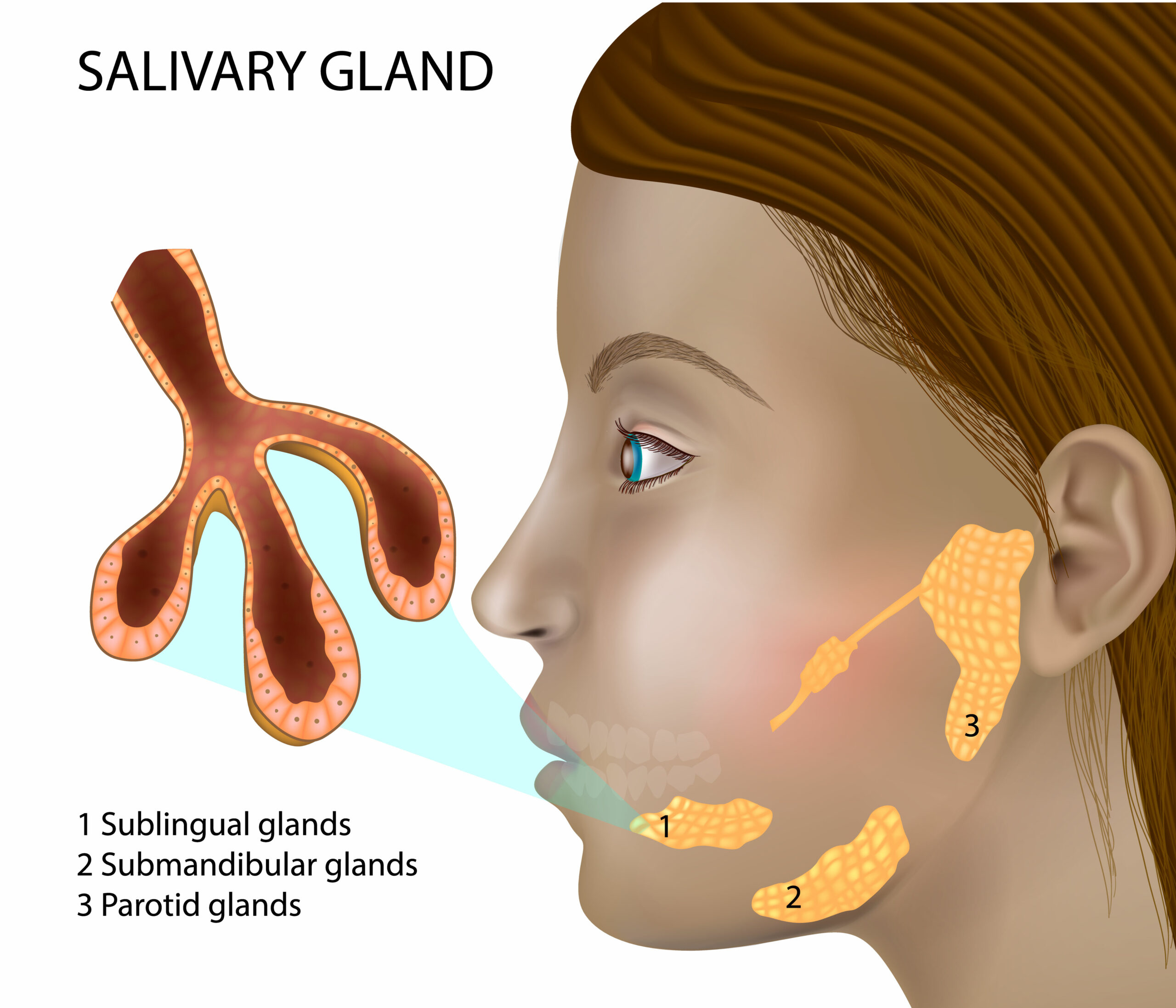
Which of the following salivary glands primarily contributes to the production and secretion of saliva?
The submandibular glands produce ⅔ of the saliva.
Submandibular glands
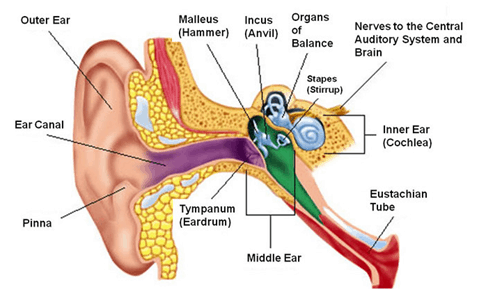
Which of the following structures functions in directing sound waves into the ear?
*The Auricle (also known as the Pinna) is the part of the external ear that functions in directing sound waves into the ear.
The External Auditory Canal serves as the channel for the sound wave and air.
Auricle
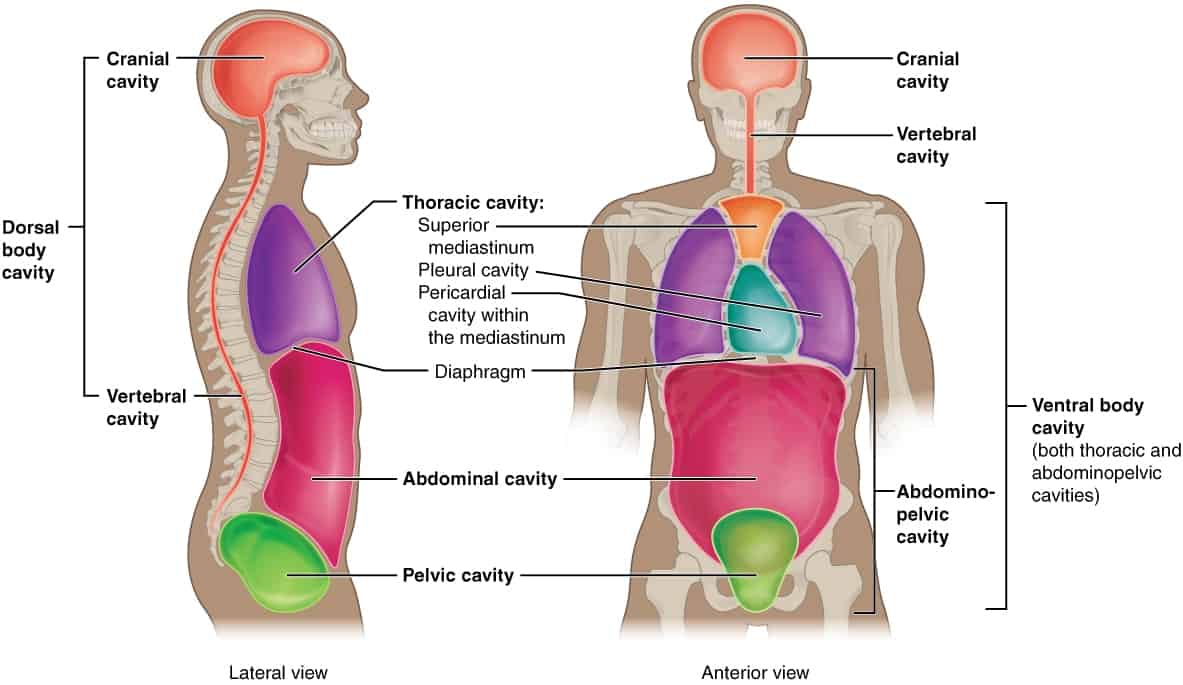
Which structure lies between the thoracic and abdominal cavities?
Diaphragm
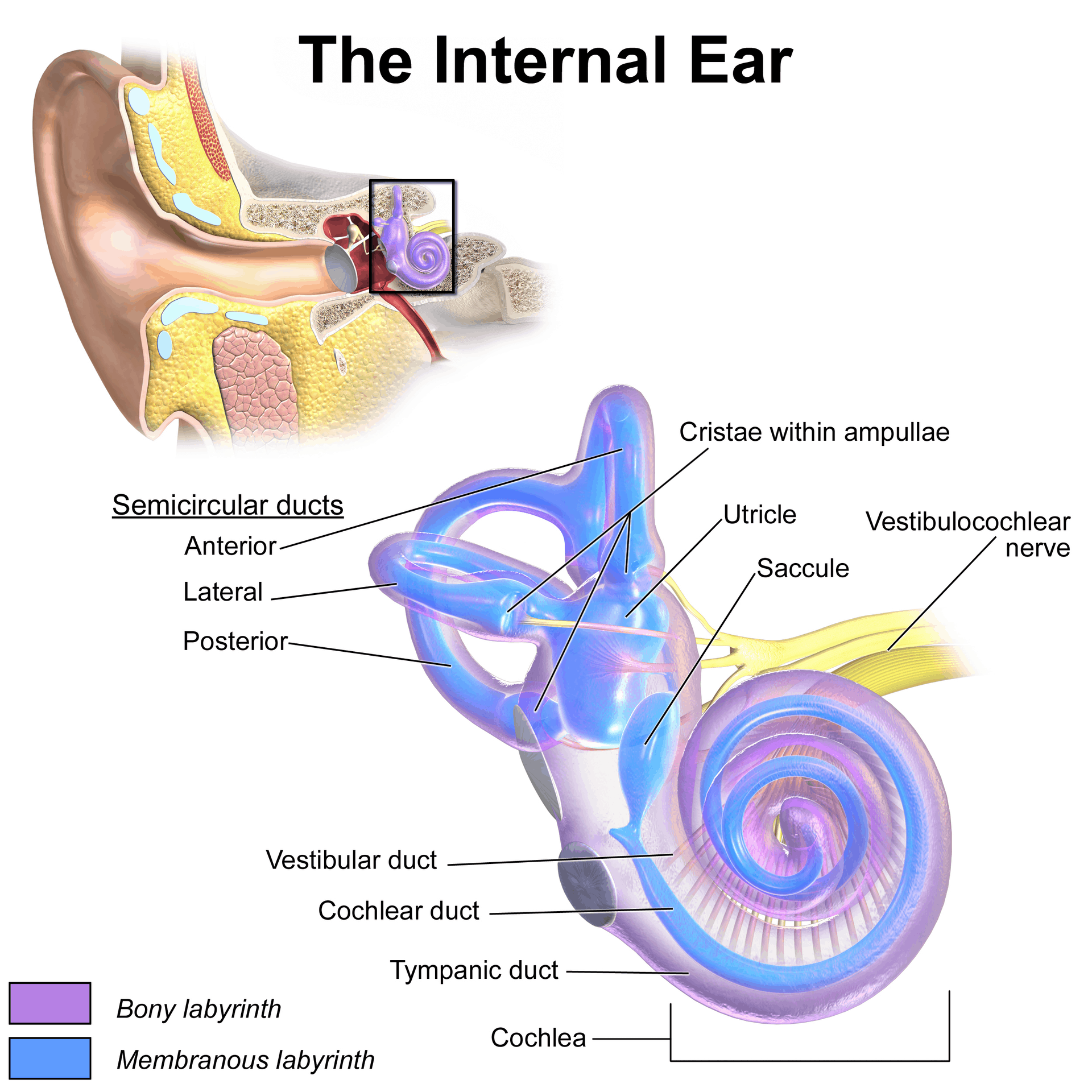
Listening to music stimulates which of the following organs?
The cochlea is the part of the ear that functions in hearing. The utricle, saccule, and semicircular canals, on the other hand, play roles in balance and equilibrium.
Cochlea
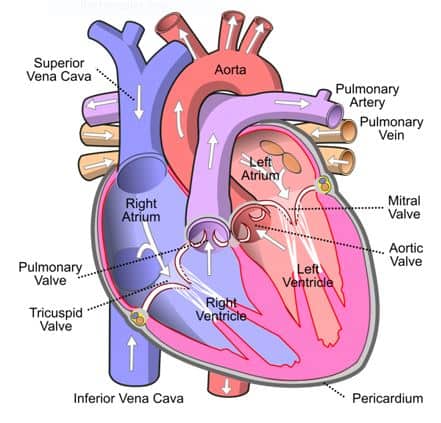
Which blood vessel delivers blood directly into the right atrium?
*The largest vein, the vena cava, dumps deoxygenated blood directly back into the heart at the right atrium
Aorta is the largest artery and carries oxygenated blood from the left ventricle to the rest of the body. It does not deliver blood to the right atrium.
Brachial artery is a major blood vessel of the arm, delivering oxygenated blood to the arm and hand. It has no connection to the right atrium.
Coronary arteries supply oxygenated blood to the heart muscle itself, not to the right atrium*
Vena cava
The anterior lobe of pituitary glands is called which of the following?
The anterior lobe is known as the adenohypophysis, and the posterior lobe is known as the neurohypophysis.
Adenohypophysis
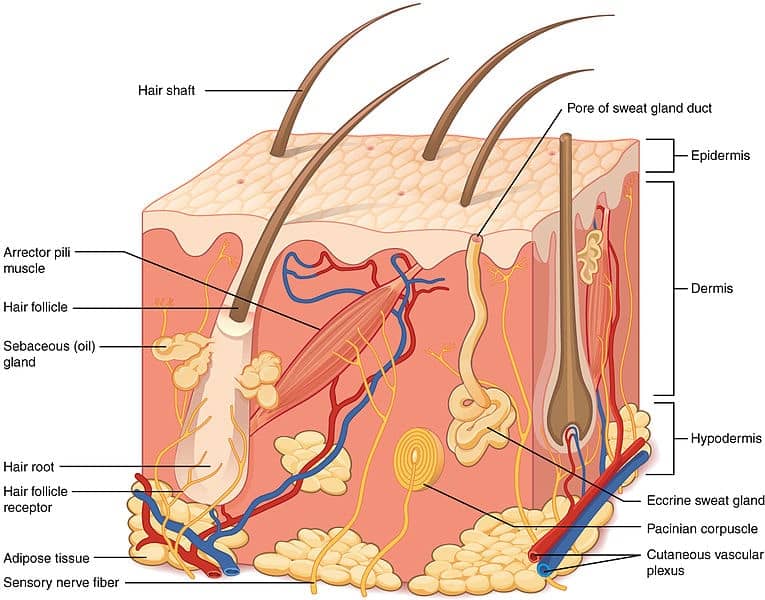
Which structure in the epidermis is responsible for cooling the body to maintain temperature homeostasis?
Eccrine glands
Which of the following features of veins results in the venous system operating at lower pressures than the arterial side?
Veins have thinner, more compliant vessel walls than arteries.
The components found in blood that carry out blood clotting are:
Platelets, also called thrombocytes, are necessary for blood clotting to prevent excessive bleeding. When there is an injury to the blood vessel or tissue, platelets join together to form a clot, thus slowing the bleeding.
thrombocytes
Which glands release an oily secretion through the hair follicles that lubricates the skin and prevents drying?
Sebaceous glands